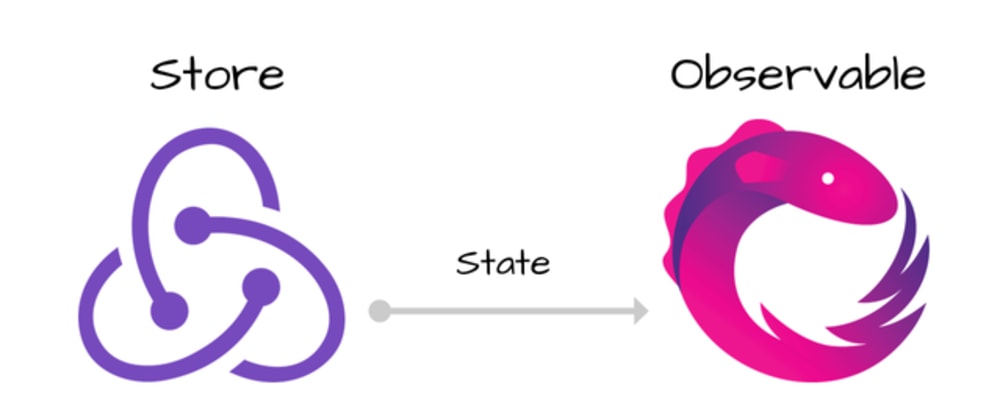
Now you decide to START_REQUEST_TEXT four times just in 4ms, in a row, each for each 1ms. In the above code, we are faking fromFetch again, and this time it is going to get you a response after 5ms. Now because we have a control over time, this is totally possible. What we couldn’t really answer using method 1 was something like ‘can actions be really be cancelled if there are multiple action inputs, because we are using switchMap?' (Or look at rxjs API doc)Ĭold: begins subscription when the test begins.Ĭold(-a-b-|, ) → Subscription begins at point of caret, then emit 'Hello' at 30ms and 'World' at 60ms, complete at 90ms. There was a great article on Medium that simplified the definition of hot and cold observables, so I excerpted the definitions from it. Alternatively, there are many other good resources out on the web.įor the marble syntax, refer to rxjs API docs. If you are not familiar with the marble diagrams, please refer to ReactiveX’s explanation on marble diagrams. Using marble tests would allow you to focus more on when and what things happen. Previously, we’ve only used some basic methods to test epics.

Now, we want to handle actions in Redux, but not all actions are synchronous.įor a simple example, I have written an application that fetches text from the server and shows it, like this: Now we have a brief understanding of advantages of using RxJS. Even if this does not fully come to your mind right now, you are going to notice it as you go through this article. You have dedicated helper functions to implement what you want to do, which otherwise you might do in a very complex way. Lots of helper functions to simplify work declaratively So there’s a good chance that it is going to be a good fit for heavily network based application (both for frontend and backend). Nowadays async operations have become a common thing because you might need to handle UI interactions & tonnes of network requests.

Just declaratively implement what you want to do, and that's it. So you never have to bother with Promises and await in javascript anymore. If you use RP, you don’t have to really worry about implementation details, because it gives you a high level abstraction layer. So this is essentially going back to the observer design pattern. We capture these emitted events only asynchronously, by defining a function that will execute when a value is emitted, another function when an error is emitted, and another function when ‘completed’ is emitted. It can emit three different things: a value (of some type), an error, or a “completed” signal.


Most of the network requests were managed by RxJS, and none of them were covered by tests. I was struggling at my company trying to write some tests for redux-observable operations. Just a random image like everyone else does (credit: Genessa Panainte from unsplash)


 0 kommentar(er)
0 kommentar(er)
